Our universe is full of mysterious sights and sounds. Explore some of the most frightful finds from past Halloweens in this recount by NASA. 0
Our universe is full of mysterious sights and sounds. Explore some of the most frightful finds from past Halloweens in this recount by NASA.
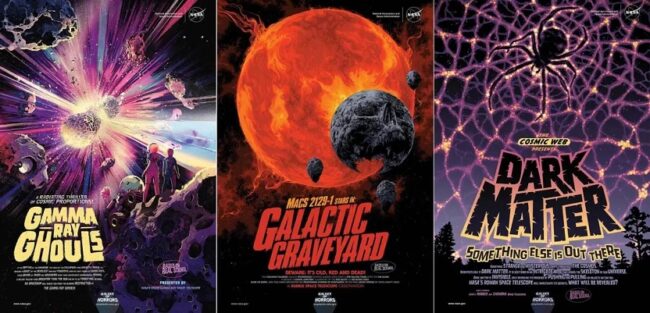
01. NASA Posters Feature Cosmic Frights for Halloween
Explore NASA’s Galaxy of Horrors posters. Presented in the style of vintage horror movie advertisements, the new posters feature a “dead” galaxy, an explosive gamma ray burst caused by colliding stellar corpses, and ever-elusive dark matter.
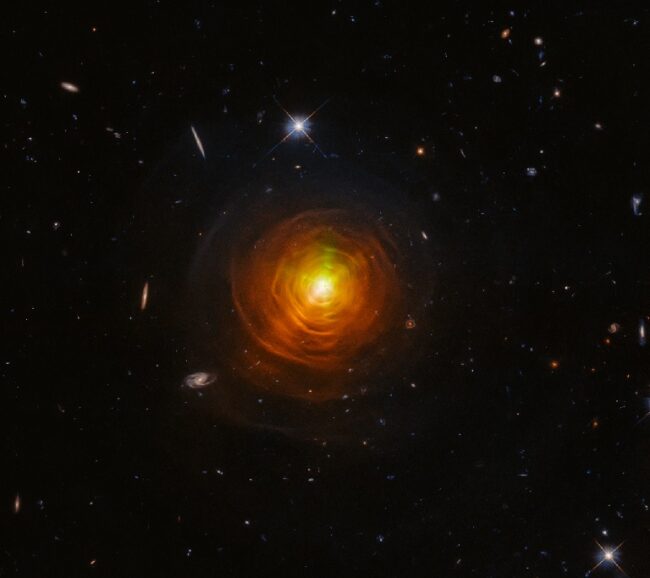
02 Hubble Celebrates Halloween With a Glowering, Dying Star
A hypnotizing vortex? A peek into a witch’s cauldron? A giant space-spider web? Nope, it’s a Hubble image of the red giant star CW Leonis. The image comes just in time for celebrating Halloween with creepy celestial sights.
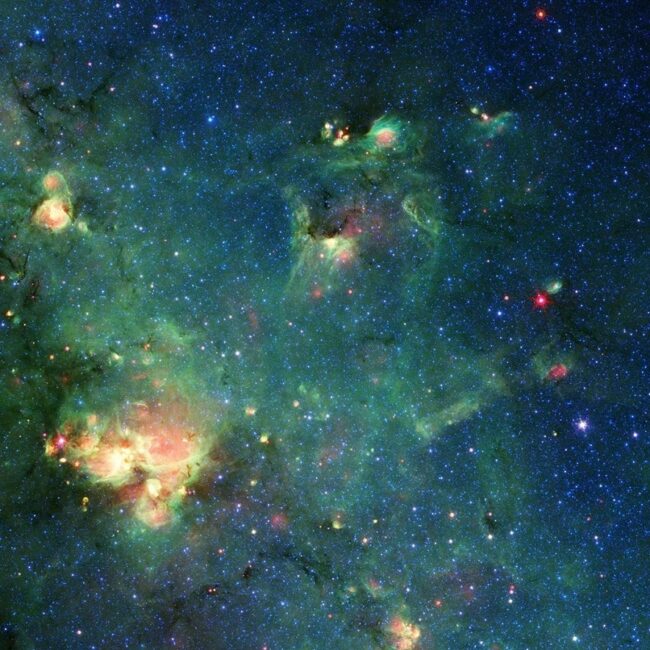
03 A ‘Monster’ Star-Forming Region Spied by NASA’s Spitzer
Do you see a monster in this picture? Do the bright spots near the top of the image look like the piercing eyes and elongated snout of Godzilla?
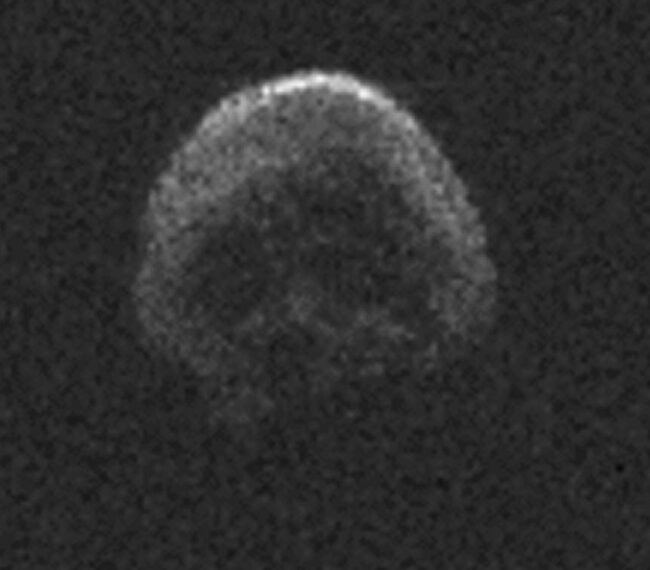
04 That Halloween When a Dead Comet Flew by Earth
A large space rock zipped past Earth on Halloween in 2015. It most likely was a dead comet and, fittingly, it had an eerie resemblance to a skull.
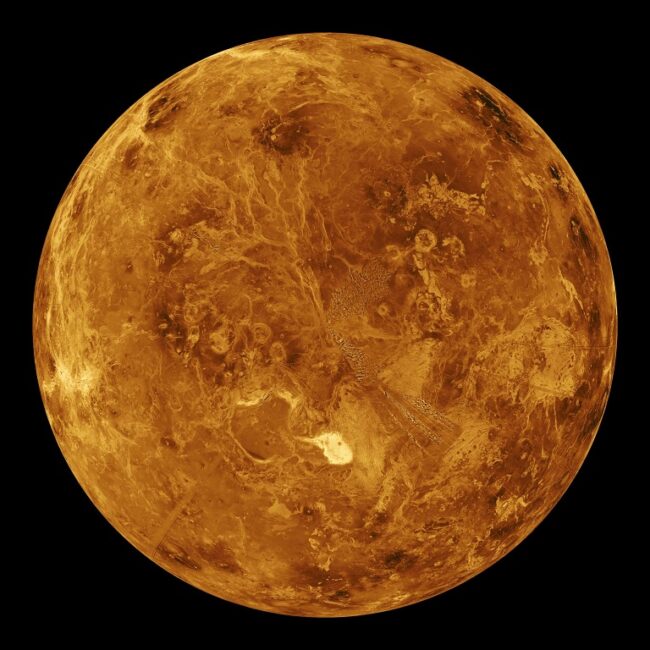
05 Hellish ‘Evil Twin’ Venus Broils and Crushes Spacecraft
It’s a cloud-swaddled planet named for a love goddess, and often called Earth’s twin. But pull up a bit closer, and Venus turns hellish.
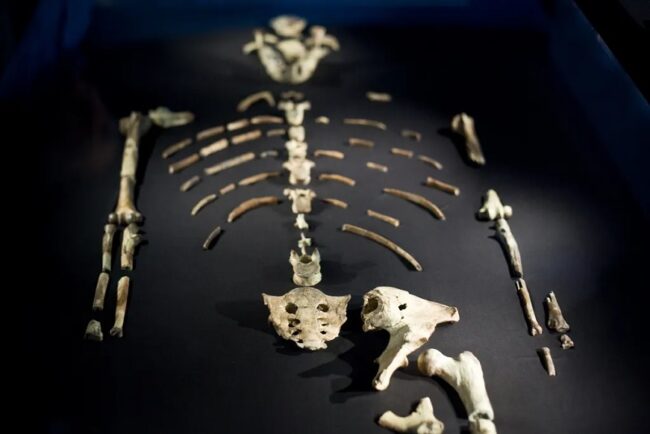
06 Lucy Spacecraft is Named for a Skeleton
Around Halloween 2021, NASA launched the Lucy mission on a journey to a part of our solar system that has swarms of mysterious Trojan asteroids. And the spacecraft is actually named for a skeleton! Lucy is named for a fossilized skeleton of a human ancestor, which was named for the Beatles song “Lucy in the Sky with Diamonds.”
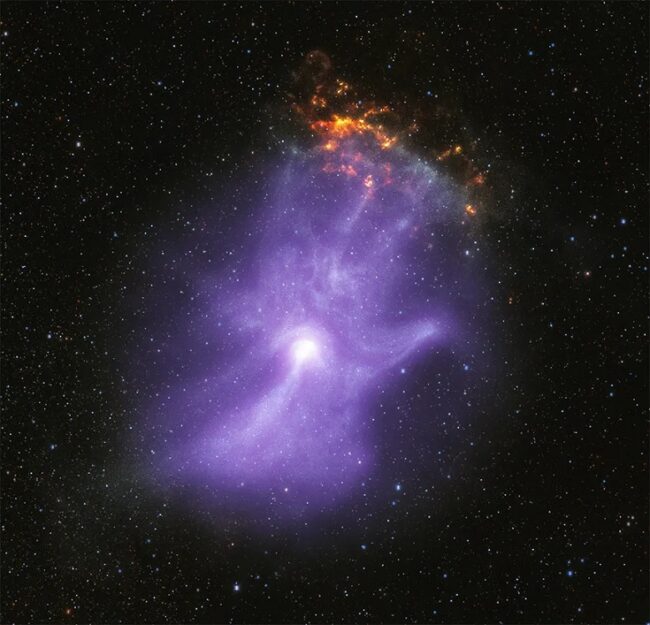
07 NASA X-ray Telescopes Reveal the “Bones” of a Ghostly Cosmic Hand
In 1895, Wilhelm Röntgen discovered X-rays and used them to image the bones in his wife’s hand, kicking off a revolutionary diagnostic tool for medicine. Now two of NASA’s X-ray space telescopes have combined their imaging powers to unveil the magnetic field “bones” of a remarkable hand-shaped structure in space. Together, these telescopes reveal the behavior of a dead collapsed star that lives on through plumes of particles of energized matter and antimatter.
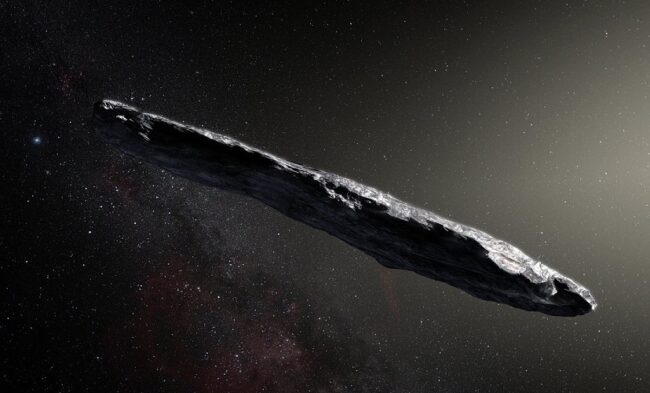
08 Mystery Visitor to Our Solar System is a Strange, Tumbling Object
In November 2017, scientists pointed NASA’s Spitzer Space Telescope toward the object known as ‘Oumuamua – the first known interstellar object to visit our solar system. The infrared Spitzer was one of many telescopes to study ‘Oumuamua in the weeks after its discovery that October.
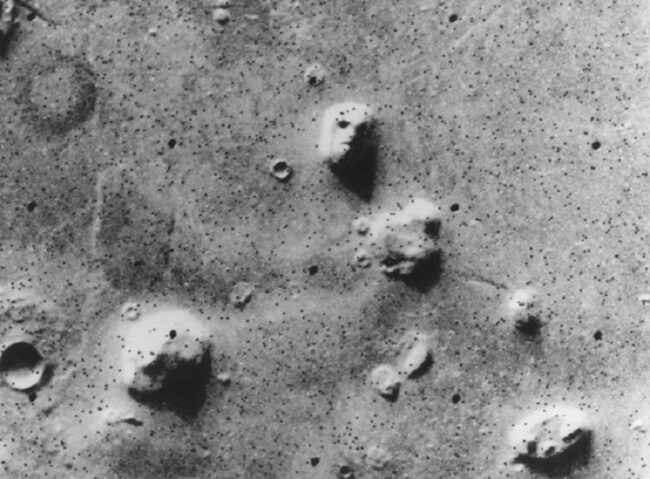
09 Strange, Alien Face on Mars
NASA’s Viking 1 Orbiter spacecraft photographed this region of Mars on July 25, 1976, while searching for a landing site for the Viking 2 Lander. Due to processing errors, the photo became famous because it resembles a human (or maybe alien?) face.
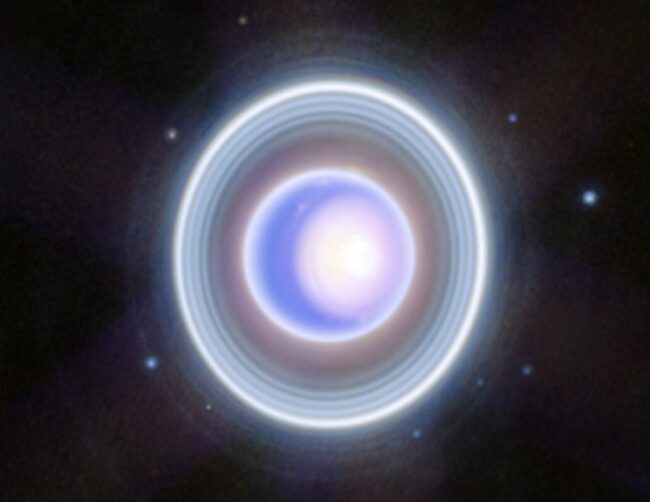
10 ‘Sideways’ Planet Uranus Likely Got Whacked
Uranus is the only planet whose equator is nearly at a right angle to its orbit, with a tilt of 97.77 degrees – possibly the result of a collision with an Earth-sized object long ago.
All Credit to: NASA.gov



COMMENTS